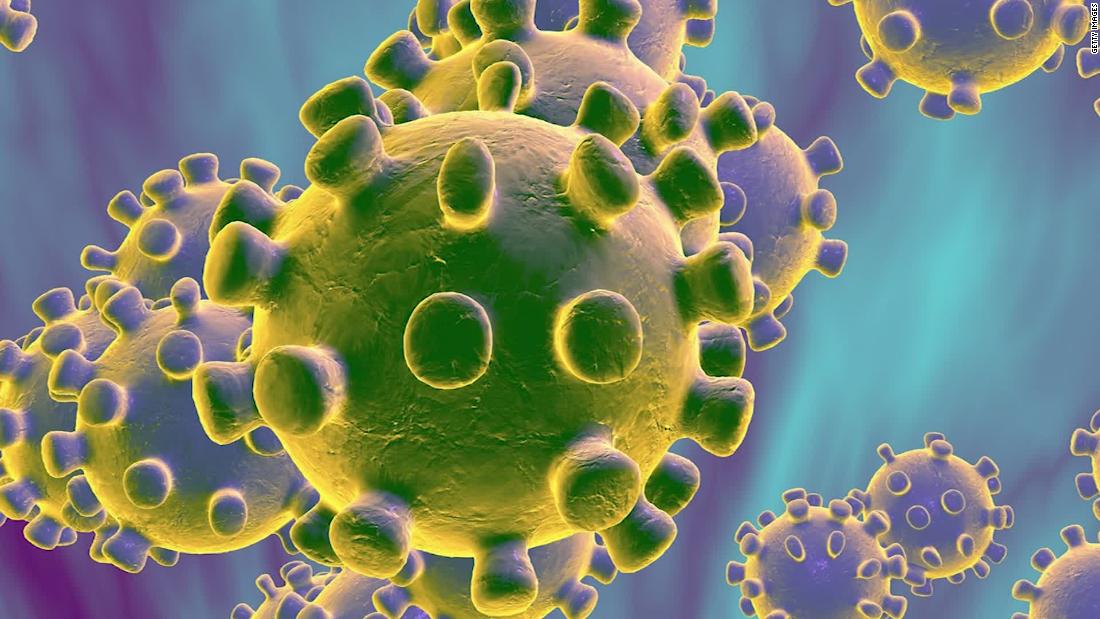Countries with far fewer resources, including Bangladesh, Sri Lanka and Suriname, process samples more quickly than the United States.
“It’s pathetic,” said Dr. Peter Hotez, a virologist at Baylor College of Medicine.
“The moment you wait (85) days, a sequence can go from a rare variant to half the virus circulating in a population,” said Hotez.
Genetic sequencing is the key to looking for new mutations. When too much time elapses before a sequence is posted, it can make it more difficult for scientists to detect a new mutation, warn the world and take appropriate measures to control it.
The United Kingdom, one of the fastest countries to post genetic sequencing, takes 24 days.
“When many countries are doing better, significantly better, I think that tells us that the United States should act together,” said Dr. Nancy Cox, former director of the influenza division of the Centers for Disease Control and Prevention in the United States. United.
A CDC official told CNN that the time interval reported in GISAID is “misleading”, but that “the opportunity is something that we will improve on.”
GISAID is a “repository for genomic data that is generated for many purposes, including genomic surveillance (these samples tend to have short response times) and research projects (which vary widely from sample collection to submission) “, Dr. Gregory Armstrong, director of the Office of Advanced Molecular Detection at the CDC’s National Center for Zoonotic and Emerging Infectious Diseases, wrote in an email to CNN.
In the United States, CDC laboratories, state health departments, private companies and universities send sequences to GISAID.
“All of this is not to argue that response time doesn’t matter,” added Armstrong, noting that “the sequences we are getting through our contracts with major labs were all from late December to early January.”
The United States was criticized not only for being late, but for sequencing few virus samples, considering how rampant the virus is in the country.
The United States has mapped and published samples of nearly 70,000 people with Covid-19, according to GISAID. Second only to the United Kingdom, which posted more than 150,000.
“Do we have to be the last or get to the bottom with Covid?” said Cox, the former CDC official. “It is really frustrating to see that we are not doing better when I know we could have done better.”
At the end of last year, the United States was sequencing about 3,000 samples a week. Earlier this year, the CDC set a goal that in two weeks that number would increase to 6,500 samples per week posted by US laboratories.
In the week of January 2 to 8, 10,619 samples were sequenced by laboratories in the United States, said Armstrong. He noted, however, that the CDC probably cannot take credit for most of them, and that only 1,001 of the samples were from the previous four weeks.
